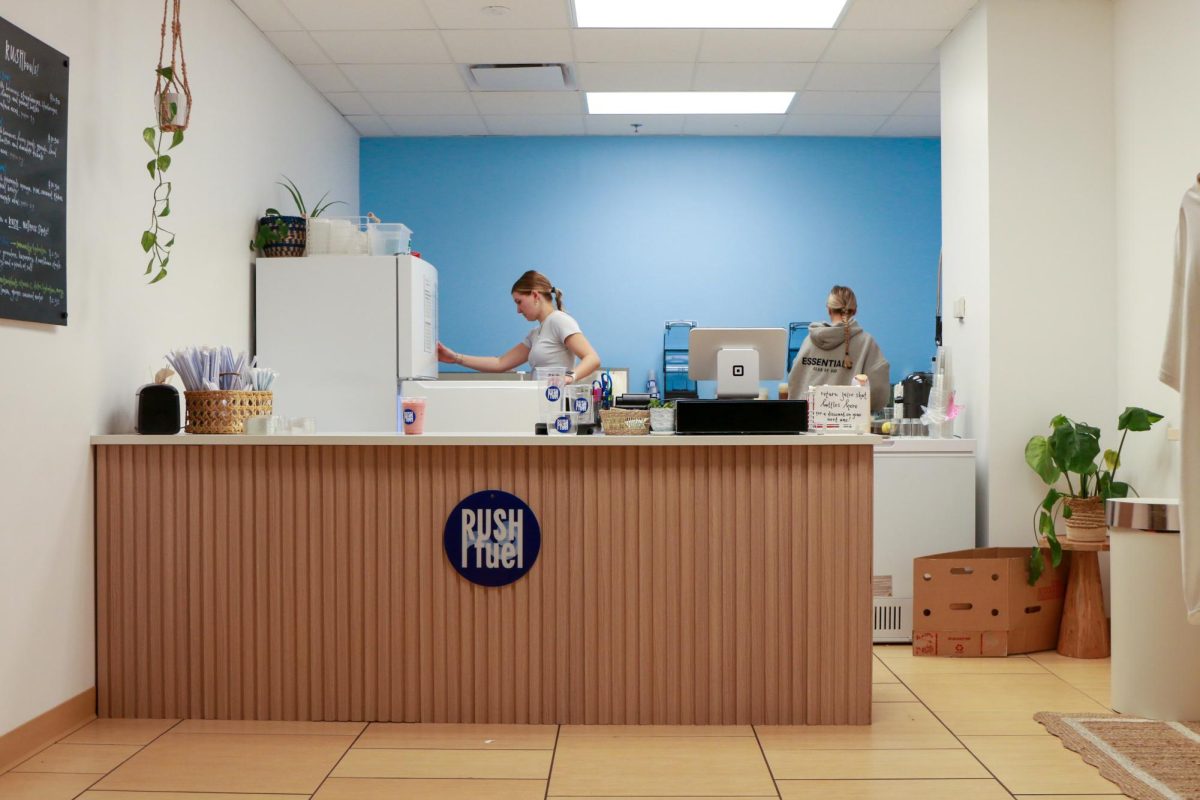Since 2001, MU has released a number of surveys allowing students to share their views on diversity within the campus atmosphere.
These surveys have been coordinated and distributed by the Chancellor’s Diversity Initiative, an organization that strives to “enhance institutional diversity through collaborative partnerships and strategic efforts that promote inclusive excellence and a welcoming campus,” according to its website.
The most recent edition of the surveys, released at the beginning of April, aims to further assess how diversity is embraced on campus by surveying a larger audience.
Project coordinator Roger Worthington said changes were made to this year’s installment of the survey.
“An important update is we haven’t had the staff, faculty and administrators participate in campus climate research for a number of years, and so it’s important for us to get those votes back in,” Worthington said.
The surveys tackle an extensive range of diversity issues, ranging from the participant’s sexual orientation and race to his or her openness to approaching and interacting with people of different ethnicities or religious affiliations on campus.
The surveys run for about four weeks, lasting until the researchers accumulate enough responses to accurately represent the student, and now also the professional, body from all areas of the diversity spectrum.
In the 2001-2005 executive summary, the highest percentage of harassments on campus, 44 percent, was reported from people with disabilities, and the 2009 results showed transgender individuals and other members of the LGBTQ community reported the highest percentage of harassments.
In 2009, 12 percent of the MU student population responded to the survey. Worthington said he has heard feedback about how student participation might be questionable because they believe diversity is not a critical issue on campus or that the previous issues have been resolved.
“It’s reasonable for that one student to speculate about, that problems have been resolved related to diversity on campus, and the only way we can really find that out is if students participate and make their perceptions of the climate known,” Worthington said.
The results of the surveys are carefully analyzed and, most importantly, used to influence policy changes.
“The results have been used in the past, for example, when we first ran the initial campus climate study between 2001 and 2005, there were a number of different ways those results were used,” Worthington said. “The first thing was that the findings on LGBT issues were used to influence the system to insert sexual orientation back into the non-discrimination clause.”
A report was published in 2005 using the results from the 2001-2005 phase, which included more than 100 recommendations about how to improve the campus climate for diversity.
“During the subsequent six years, there was a lot of progress made accomplishing the recommendations that were contained in that report,” Worthington said.







